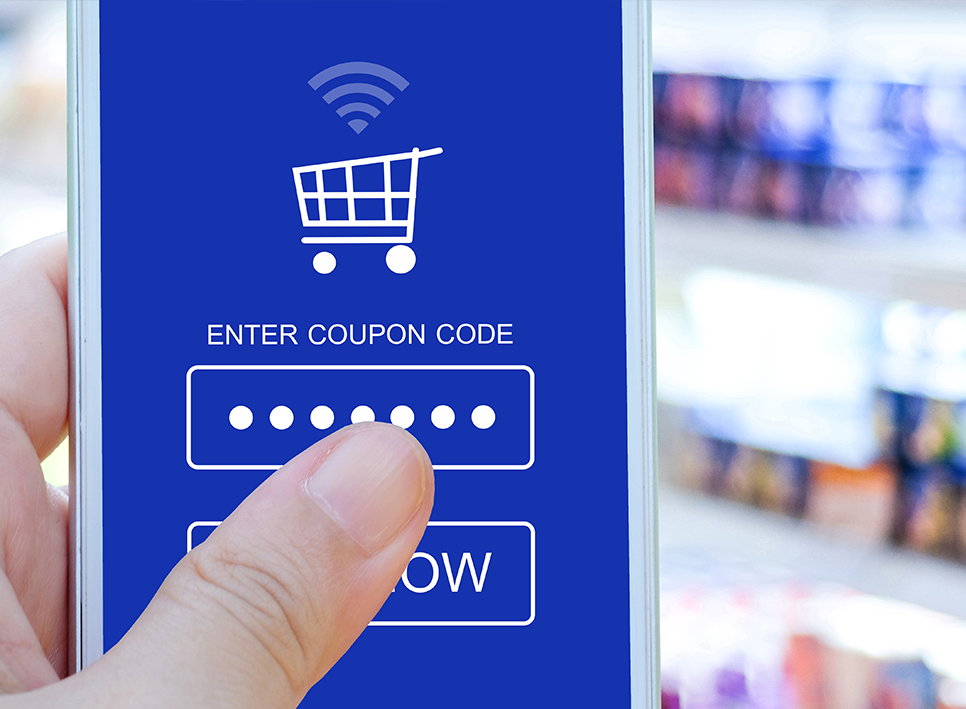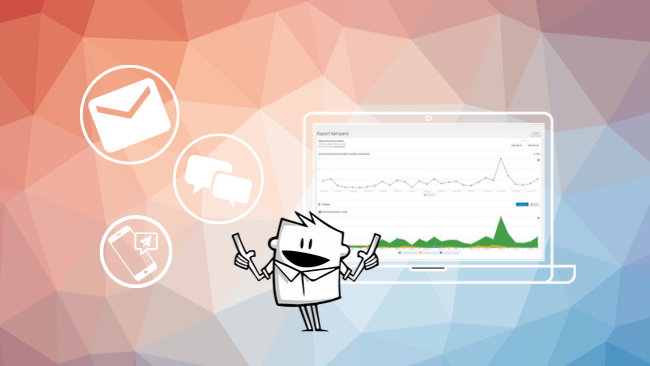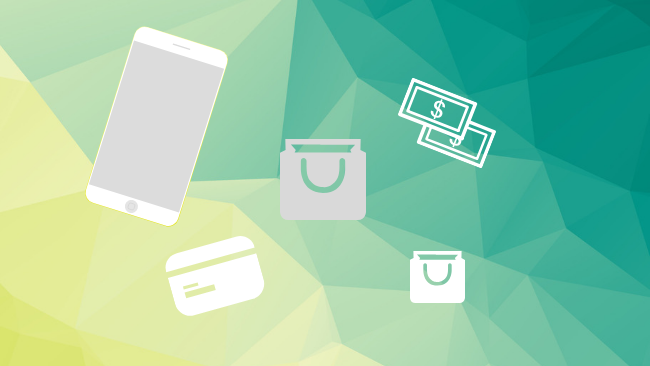Customers Abandon the Shop, Not the Shopping Cart

Customers abandon shopping carts, as they say. But what exactly does it mean? When they decide to not finalize the transaction, what are the reasons not to buy? The reality is, that people abandon the shopping cart way before they add even one item. How is this possible?
Customers abandon shops and their services, not the carts themselves. They still want to buy but the shop, through existing and faulty mechanisms or lack there off, scare away the majority of them. Even the loyal ones, which were buying because of low prices. After a few months, he switches to another website, because he can’t tolerate some things, for example, the lack of preferred paying method.
The customer can abandon the cart because:
· The product price is too high
· The store doesn’t have a payment method suitable for the client
· The store doesn’t have or can’t guarantee a short delivery time
· The store doesn’t offer a free delivery after reaching a certain level of cart’s worth
· A registration is needed for any purchase
· The customer journey is too long
· UX/UI doesn’t lead the client towards making a buy or even scared the customer away
· The client isn’t ready to buy or doesn’t want one
Let’s analyze all of the above to see what can you change to save or even increase sales in your online shop.
· The optimization of a product’s price is one of the key elements, important for the customer’s satisfaction. Sometimes vendors increase prices only to drop them down, for example around Black Friday, Cyber Monday or Single’s Day. This practice doesn’t impress clients – they can count money and search for more rational sales.
· Offering a wide variety of payment methods is also important. Today linking payments with an account number of traditional financial institutions is not enough. People want PayPal, Stripe, Apple Pay or other methods to feel safe and taken care of.
· A short and secured delivery time guarantees customers’ attention. As Vala Afshar from Salesforce says, attracting new customers is six to seven times more costly than keeping an existing one. As Temkin says, a loyal customer is seven times more likely to try new product offer, five times more likely to buy a previously owned product and four times more likely to refer the product to a friend, then a new customer. An effective delivery, based on a short time and a wide variety of places where you can pick up the package, is a must. Also tracking a package and evening delivery.
· A free shipping beyond a certain level of cart’s worth is another element helpful in generating loyal, paying customers. If you’re not convinced by this argument, you can modify the method a little bit. A customer should, for example, buy products from two different categories to be eligible for free shipping. This way you can promote less lucrative categories. It’s a way of doing business but setting a level is far more transparent to the customer and more efficiently builds his loyalty towards your brand.
· Allow buying without registration and limitation. You can suggest registration but only to convince the customer for getting more options and services. A client that found a rare item on your website (the item itself, color variants, better price) probably won’t visit your store again. He already has trusted sources of a great product, you were just a one-time thing, a convenient alternative. If you want to attract him to buy more, use a method of adding value available after registration. Think about what can you offer – occasional or returning discounts, partnership deals, a second product in the same category at a discount? Possibilities are almost endless; everything depends on your financial condition and business model.
· A simplified customer journey is one of the key elements of attracting customers. Too many steps on the way to finalizing the transaction can scare off even the most loyal customers. They will see the value in items and benefits of owning them but they will not tolerate a complex system of getting them in the first place. Take a look at 1-Click, a system patented by Amazon. 1-Click is a method copied by many online shops and payment operators. It’s based on the user’s pre-defined sets of data. If he enters a credit card and address data, he can buy anything just by clicking one button. Quick and effective, that’s the way to do it!
· User experience and user interface (UX/UI). These two phrases are the base for all e-commerce, not only desktop-based but also mobile. According to the report ‘E-commerce in Poland 2019’ by Gemius Poland, the number of transactions made with a personal computer, dive each year. With 74%, a laptop is still a base for online shopping but the lead has taken a hit of 8% year-to-year. A smartphone is used by 61% of buyers, with tablets used by 27%. These are increments of 3% and 6%, respectively. It’s a great argument for taking care of UX/UI. People are more willing to buy with responsive web design. Especially when they found out about the product being away from the desktop or a laptop. Impulse buying and on-the-go processes are especially important.
Design the shopping experience based not only on the interface alone but also with visual identification in mind. Put marketing automation into the mix so you can serve more clients at the same time and take care of the bigger, more demanding purchase orders. By integrating your shop with a marketing automation tool, you will be able to create personalized scenarios and react efficiently to current customers’ behaviors. There are many companies on the market that have great, vastly recognizable shops. Personalization is a real market advantage.
Remember, that a good UX/UI is invisible to the customer. It’s like music in movies – we tend to miss it and appreciate it when there is none. Navigation, customer journey and holistically understood customer experience turn into obstacles when they are not intuitive, have too many unnecessary elements and swallow too much time for searching and buying the products.
· The last element is the lack of will to buy. You can react on these types of situations by shifting the focus on the entire product categories. You can find more in the ‘React on client’s abandoned intentions!’ article (link do artykułu).
The abandonment of a shopping cart is only an element of a much wider phenomenon. Perform an external audit of your webpage to understand which elements of your shop can be improved and use marketing automation to predict customers’ behavior. Thanks to that, you’ll drastically reduce the chances of abandoning the cart, and more importantly, the entire shop.



